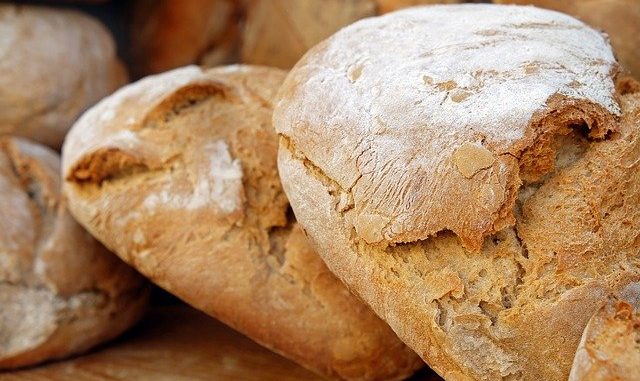
Sodium aluminium phosphate (SALP) is a popular leavening acid for preparing baked goods. It is one of a number of leavening agents employed by bakers but has excellent functional properties. It has a neutralizing value of 100 and is slow reacting which makes it ideal for certain baked products.
SALP is relatively unreactive at room temperature, releasing the majority of gas production formed by yeast metabolism at most baking temperatures. This makes it ideal for self-rising flours, prepared baking mixes, and refrigerated doughs or batters that need to be stable for long periods of time. SALP has a neutral flavour at the levels it is often used at in baked goods and increases the dough’s tolerance to ingredient and flour variability. In some cases, too high a level is known to impart saltiness because of its sodium content in conjunction with sodium chloride which is often added.
General Application
SALP (sodium aluminium phosphate) is ideally used with baking soda. The neutralizing value of leavening acids is the ratio of sodium bicarbonate (baking soda) to 100 parts of acid leavener agent that brings about complete carbon dioxide release or “neutralization.” For an acid with a neutralizing value of 100, if complete neutralization is desired, requires adding equal parts of SALP to baking soda to prepare the ideal mix. Adjusting the amount of leavening acid to baking soda can raise the pH of the finished product by decreasing the acid amount, or lower it by increasing the amount of acid, as required.
Toxicity
The primary oral source of Al in the U.S. for the typical person is food. It contributes between 5–10 mg of Al daily, whereas drinking water provides ∼0.1 mg of Al.


Leave a Reply